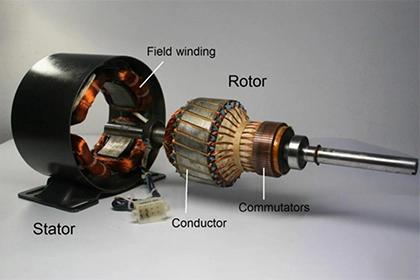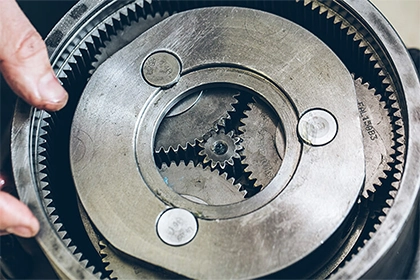
How to control speed of dc motor?
DC motor velocity must be properly regulated in automated systems and industry. The several methods used to modify rotational speeds are examined in this article.
In industrial automation, process control, robotics and CNC machines, regulating DC motor rotational velocity with high accuracy is essential. Finely controlling speed requires examining various advanced techniques.
Duty Cycle Control
Basic DC motors connected to solid-state switches can achieve open-loop speed adjustment through rapidly pulsing power on and off. Microcontrollers toggle MOSFETs at set duty cycles, where the proportion of "on" time compared to total switching periods corresponds to specific velocities. Higher duty factors equate to greater average voltages applied to the motor terminals, producing increased rotations. However, accuracy is limited without feedback mechanisms.
DC Motor Drives
Dedicated DC Motor drives precisely modulate voltage magnitudes and pulse widths by rapidly switching IGBTs at frequencies over 18 kHz. Sophisticated closed control loops provide real-time monitoring of rotor position and back-EMF signals to dynamically correct any speed fluctuations. High bandwidth PID controllers enable drive systems to regulate speeds within rigid 0.5% tolerances even under abrupt loading changes or other disturbances.
Field Control Methods
Motor field coils generate magnetic fields shaping commutation patterns when energized. Fine-tuning field intensities directly alters rotational forces. Potentiometers allow adjusting field currents hands-on for setups. Digital solid-state controllers provide programmatic regulation of fields through current control loops.
Encoder Feedback Loops
Mounting high-resolution optical or magnetic encoders to DC motor shafts provides position feedback signals to microprocessor-based controllers. Using proportional-integral-derivative control mathematics, microcontrollers continuously minimize errors between real and target velocities down to 0.01% for delicate semiconductor wafer fabrication or medical device applications requiring highly repeatable motion profiles.
Applications requiring delicate tasks like CNC machining favor encoder-based closed loops for highest speeds precision. Open-loop methods suffice for simpler processes tolerating 0.5-1% variability where cost-effectiveness is more important. Overall the right solution optimizes speed control given specific performance demands.
In conclusion, refined control over voltage, duty cycles, fields or using feedback loops allows modulating DC motor velocities for broad automation requirements with rigid accuracy below 0.1% utilizing today's sophisticated controls.



Leave a Comment